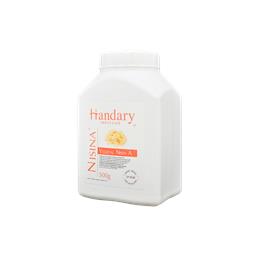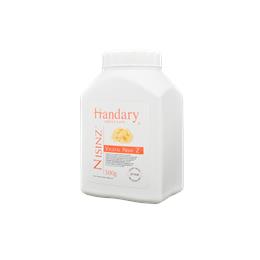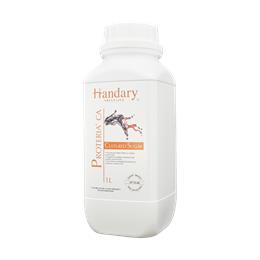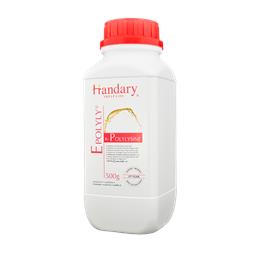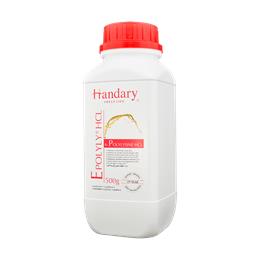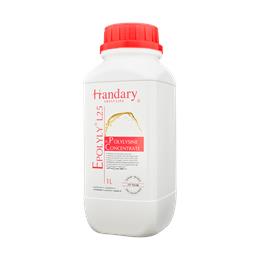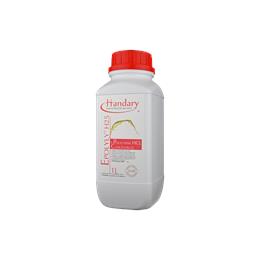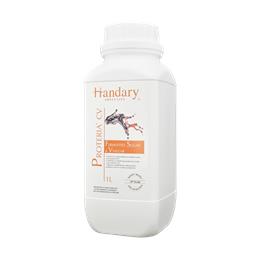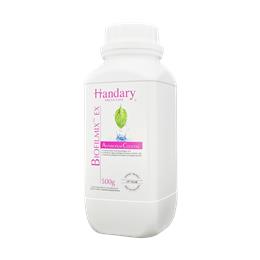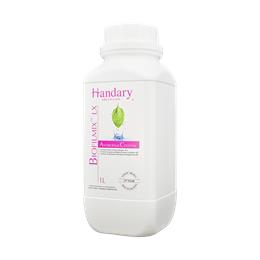Description
Cooked fish and seafood are popular and nutritious food choices for many people. Proper cooking techniques can help to ensure that cooked fish and seafood are safe to eat and retain their quality. One of the main concerns when cooking fish and seafood is the risk of bacterial contamination. It is important to cook fish and seafood to the appropriate temperature to kill harmful bacteria.
Overcooking fish and seafood can lead to a loss of texture, flavor, and moisture. To retain the quality of cooked fish and seafood, it is important to use the appropriate cooking method and avoid overcooking. Popular cooking methods for fish and seafood include grilling, baking, frying, and steaming. Proper storage is also important to maintain the quality and safety of cooked fish and seafood. Oxidation and Total Aerobic Bacteria are very common problems in this application.
Total Aerobic Bacteria
Total Aerobic Bacteria are a common concern in cooked fish and seafood, as they can cause spoilage and reduce the shelf life of the product. Total aerobic bacteria refers to the total number of bacteria that can grow in the presence of oxygen. To reduce the risk of total aerobic bacteria in cooked fish and seafood, it is important to follow proper handling, cooking, and storage techniques.
The fish and seafood should be cooked to the appropriate temperature to ensure that harmful bacteria are destroyed. Once cooked, the fish and seafood should be cooled rapidly to prevent the growth of bacteria. By following proper handling, cooking, and storage techniques, practicing proper sanitation, and using preservatives, the industry and consumers can help to reduce the risk of total aerobic bacteria in cooked fish and seafood.
Pathogenic Cross-contamination
Cross-contamination is the transfer of harmful microorganisms from one food or surface to another, and it can occur during the preparation and cooking of fish and seafood. Pathogenic bacteria such as Salmonella, Listeria, and Vibrio can cause foodborne illness if they are present in cooked fish and seafood
To prevent pathogenic cross-contamination in cooked fish and seafood, it is important to follow good food safety practices during preparation and cooking.
 English
English 简体中文
简体中文 Français
Français Español
Español
